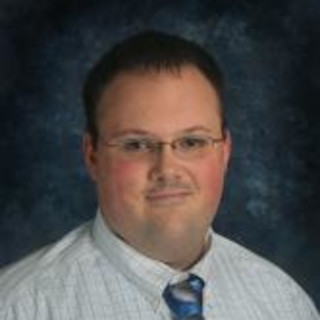Whether you’re a recent medical school graduate or have had anything to do with residency recruitment, you may very well cringe when you hear the word “Match.” It’s a tiring process filled with constrictive rules, and in the end it makes the recruitment process longer and more expensive for the recruiting programs.
The Match, however, is also the only leverage that the otherwise powerless, borderline desperate applicant has in the entire process. Despite its flaws, it keeps the process remarkably fair and balanced. Proof of the Match’s success lies in the anarchy that is the current Pathology Fellowship application process; the inequity of which has gotten out of hand in the absence of a standardized application process.
TIME ON WHOSE SIDE?
After a standard 4-year anatomic and clinical pathology residency, residents have roughly 20 separate disciplines of subspecialty fellowships, including hundreds of possible programs, to choose from. Over 95% of pathology residents pursue fellowship training of some sort, and more than a third will complete two or more fellowships.
Complicating this crucial life decision for the resident is the fact none of the programs or disciplines follow the same recruitment time frame. Most begin accepting applications in the summer/fall of a resident’s third year of training. This means that the resident must have begun preparing (e.g. CV’s, cover letters, letters of recommendation, department chair letters, etc.) during his or her second year of training. For those not familiar with pathology residency, depending on the program, a second year resident may not have rotated through any clinical pathology rotations. Even if they have, they have likely rotated through less than half of the overall subspecialties.
Recruiting two years in advance is a preference solely of the recruiting programs, not the applying residents. It provides programs with the safety net of extra time should they fail to fill their slots. This is understandable, given how greatly departmental workflow would suffer in the absence of a predicted number of fellows. However, it forces residents to make uninformed decisions; choosing a career subspecialty without exposure to an adequate breadth of possibilities.
To the casual observer the simple solution would be to make residency programs provide better exposure to various subspecialties early in training. This, however, is not a realistic suggestion due to the large number of subspecialties and need for adequate staffing of residents in all departments for appropriate patient care.
POWER TO THE RECRUITERS
Even if the application process was moved to a more realistic timeframe, the acceptance process leaves all the power in the hands of the recruiting programs. While some programs will wait to send offers after a period of interviews, others will make offers on a rolling basis giving the applicant little more than a week or two to make a decision. Often times, the applicant doesn’t have the chance to interview at any other programs.
MAKING “THE MATCH” BETTER
In this current scenario residents are forced to make decisions on fellowship training (and in turn the direction of their entire career) with incomplete exposure to the field of pathology and minimal introduction to the variety of fellowship programs. All of the control lies in the hands of the fellowship programs who have the ability to begin the process as early as they choose and conduct the search in whatever format they choose in order to serve their own needs.
A fellowship match, or at least some structured “match-like” process of standardization, is an absolute necessity to protect the applicants and allow them to make better informed decisions at this critical juncture in their careers. This would include, at the very least, restrictions regarding the application time-frame that are better suited to the applicants (i.e. beginning in the latter portion of their third year of residency as opposed to the second). This would allow residents to make a choice after having been exposed to an adequate breadth of subspecialties. Additionally, this process would have to limit outside recruitment so as to allow residents to interview at multiple institutions without being pressured to make an early decision.
Regulations could be instituted to help protect the program’s interests as well so as to create a balance of power as opposed to a reversal of such. A post-Match scramble could be implemented such that programs with unfilled slots would still have a means by which to assure adequate staffing. Program’s could still preferentially accept their own residents via the ranking process. And, given the relatively small applicant pool, the process need not be as long as the residency match so as to not exhaust resources.
Other subspecialties outside of Pathology have found success with Match-based fellowship applications and so can be the case here. It would take a coordinated effort such that all subspecialties (or perhaps at least all boarded subspecialties) are involved. However, with such cooperation a non-restrictive program could be developed that protects the needs of the fellowship programs while providing adequate flexibility for residents.
Dr Mazari is a Forensic Pathologist in Baltimore and 2016–2017 Doximity Fellow
He can be reached on Twitter at @PeterMazari







